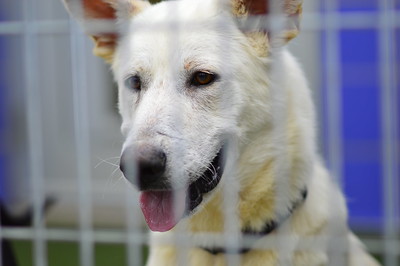Why you SHOULD support traditional animal shelters

The goal of a traditional animal shelter is to place as many animals as possible. No-kill shelters require intense community involvement.
November 12, 2020
Traditional Animal Shelters, or “Kill Shelters,” have a loaded connotation behind their names. The idea of Kill Shelters often comes with a knee-jerk reaction of shock and disgust. Most people have a very two-dimensional view of whether a traditional shelter is bad or not, stemming from misinformation. Of course, the idea of healthy cats and dogs being euthanized is sad, but in reality, the idea of how to deal with a surplus of strays is not so black-and-white.
Kill Shelters are constructed with the same goal in mind as No-Kills—to save and give homes to as many animals as possible. Let’s start simple. What does it mean to be a No-Kill shelter?
Well, in order to be considered a No-Kill shelter, the placement rate of the animals at the organization must be at 90% or higher. The other 10% typically makes up critically ill, or violent animals that cannot be rehabilitated, but the shelter has enough space and animals rotating out on a regular basis that the animals that do not get adopted can afford to stay inside the shelter until they do.
Cities with an animal overpopulation issue tend to have more traditional open-door shelters than No-Kills, as not enough animals are being adopted to reach that 90% goal. No shelter wants to euthanize healthy, otherwise perfectly fine animals, but oftentimes they have no other choice. Some traditional shelters are run by the government, and are needed to shelter all animals that come in. No-Kills, such as the Dubuque Regional Humane Society, can choose on what animals they take in or pass along. Again, because they have the space and resources that a traditional shelter may not.
So, why exactly should you support traditional shelters?
In order to eventually become a No-Kill, the community must rally around and support the shelter. If people refuse to adopt animals from traditional shelters, more healthy animals will be euthanized without going into a good home. Without people willing to take in and care for these animals, the shelter won’t be able to save all their animals. The shelter can’t help all the animals they have on their own! in order to do the best job, it can, the shelter must have help from the community. There are a variety of ways to support, ranging from adopting, fostering, or even volunteering. Regardless of whether their practices are kill or no-kill, it’s critical to support your local shelter.
